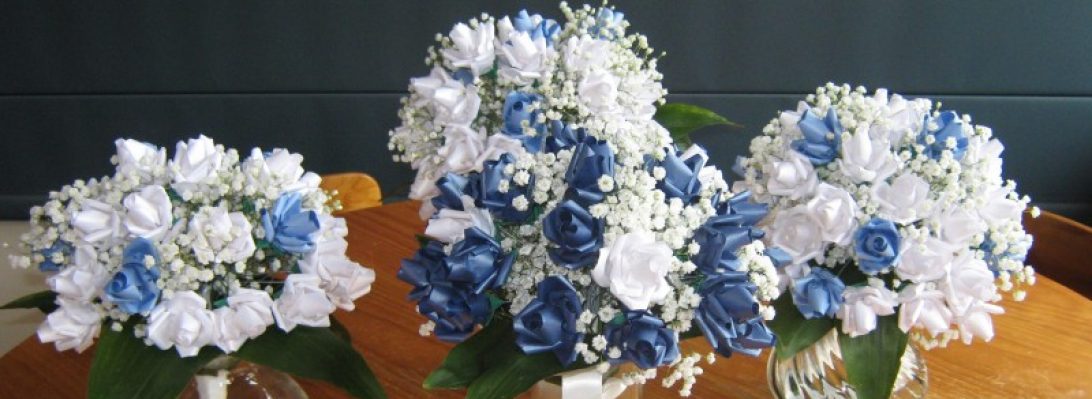21 years ago, my adorable squealing little girl was born. As soon as she could recognize an elephant, she was fascinated by them – Happy Birthday Liz:
So I decided it was appropriate to make Liz an Elephant for her 21st Birthday – they say an Elephant never forgets (not sure why, I am sure they have just as faulty memories as the rest of us).
First fold was small and it was difficult to get the pose right without stiffness in the paper, second fold (the birthday present) was folded from light card (reminiscent of elephant hide I thought) and seemed to work better, or maybe it was because I knew what I was doing second time through.
Lovely model, cute expression on it’s face, beautiful trunk and ears, nice stocky, elephantine body.
You can have a go at this yourself, only the side sinks are difficult, everything else is fairly easy. http://www.youtube.com/watch?v=dKbQR4mnim8






























